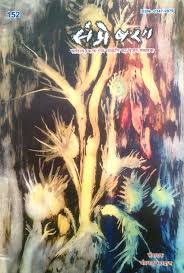PINDA TO MOKSHA: THE RITUAL GEOGRAPHY AND SOTERIOLOGY OF GAYASRADDHA IN HINDU TRADITION
DOI:
https://doi.org/10.8476/sampreshan.v17i1.408Keywords:
Gayāśrāddha, pinda-dana, pitra-rina, Gayawal Brahmins, pilgrimage, mokshaAbstract
In Hindu tradition, the city of Gaya holds exceptional spiritual significance, particularly through the ritual of Gayāśrāddha. Historically established as a central pilgrimage site, Gaya draws devotees with its rich Hindu heritage and renowned Buddhist landmarks, notably the Mahabodhi Temple and the sacred Bodhi Tree, revered as Siddhartha Gautama's enlightenment. Within the region's diverse ritual landscape, the ancestral rites (sraddha) performed at Gaya hold a uniquely prominent status, as they are believed to grant moksha, liberation of deceased ancestors from the cycle of rebirth. Rooted in authoritative texts such as the Gaya Māhātmya of the Vayu Purana, Gayāśrāddha has maintained its core Vedic-Puranic practices, notably pinda-dana (rice-ball offerings) and tarpan (water libations). Yet these rituals have continually adapted in response to shifting socio-economic circumstances, from colonial interventions to contemporary pilgrimage economies. The Gayawal Brahmins, historically the principal custodians of these rites, exemplify this dynamic, navigating traditional authority while adjusting to modern conditions and evolving pilgrim expectations. Gayāśrāddha thus simultaneously embodies an ancient theological imperative and a flexible cultural practice, balancing the tension between prescribed orthopraxy and lived religious experience. By harmonizing historical continuity with contemporary adaptability, this ritual sustains the fulfilment of ancestral obligations (pitra-rina), reinforcing its enduring relevance within the complexities of modern society.



